Karen McLeod manages the export advisory service at Scottish Development International (SDI), the international arm of Scottish Enterprise. SDI offers support to help Scottish Businesses trade overseas
Last year a record number of Scottish businesses, large and small, started thinking globally and branched out overseas. We spoke to Karen to find out why it’s important to consider selling internationally and the ways in which you can do it successfully.

Why is exporting important?
Overseas markets have become increasingly important to the Scottish economy and in 2014 Scotland’s international exports were valued at £27.5 billion*, a 17.3% increase from 2010.
Our research shows that many overseas markets are underserved and there is demand for Scottish products and services internationally. This, paired with the fact that SDI supported 2,500 businesses to export last year, shows that there is opportunity and the ambition for exporting to continue to grow.
What are the benefits?
Trading abroad can boost your profile, credibility and bottom line. That applies whether you’re trading with established markets such as the EU and USA, or high-growth markets like Brazil, China, India, Colombia and Vietnam.
International markets like these offer you access to new customers, revenue and ideas. Crucially, they enable you to spread your business risk, increase the commercial lifespan of your products and services and secure economies of scale which are not always possible at home. In fact, exporting is now considered essential for Scottish businesses that want to safeguard future growth.
The figures are compelling, showing that those firms that choose to export become 34% more productive in their first year** while those already exporting achieve 59% faster productivity growth than non-exporters**, positively impacting on staffing and financial performance.
Doing business overseas brings further benefits such as fostering ideas for new products and services. Once a company has ‘dipped their toe’ into a new market this in turn tends to increase confidence and ambition and provides the momentum for further growth through exporting.
What are the barriers and how can you overcome them?
Exporting can seem daunting to smaller businesses and the thought of going it alone can often be off putting and seen as high risk. Collaborating with others can be a way to address those risks and make the most of the opportunities that exporting brings.
Collaboration for international markets
Businesses can collaborate using the consortium co-operative business model. This model allows businesses to come together for a shared purpose; to buy or sell in scale, market more effectively, share facilities or jointly bid for contracts.
There are good examples of Scottish consortiums already collaborating on international strategy. Examples of shared activities include creation of a portfolio brand for export, consolidated shipping and a joint e-commerce activity.
Winning support with the Collaboration Prize
We are supporting this year’s Collaboration Prize which encourages firms to think collaboratively and pitch an idea for a new collaborative enterprise that will help them to access new markets. This could be a new sector or a geographical market including international markets.
The winners selected by the judging panel will receive £5,000 (to implement their collaborative idea), support to set up as a consortium co-operative, up to £5,000 business support (delivered by Scottish Enterprise or Highlands and Islands Enterprise) and access to export advisor support from my team. This includes a wide variety of services such as:
- an export advisory service, backed by international trade advisers, offering tailored support and guidance;
- online tools to help you create an export plan;
- and business intelligence from 43 global offices as well as events to explore opportunities and network with valuable contacts.
The Collaboration Prize is being delivered by Co-operative Development Scotland on behalf of Scottish Enterprise and Highlands and Island Enterprise in partnership with Business Gateway and the Scottish Chambers of Commerce.
Sources:
*Scottish Government Export Statistics Scotland 2014 publication – click here to read.
**UK Government UK Trade & Investment research publication – Bringing home the benefits: how to grow through exporting – click here to read.





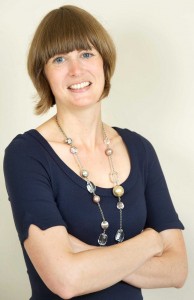





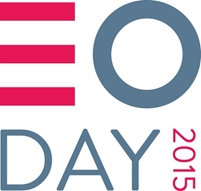


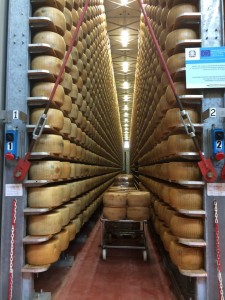
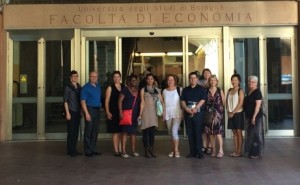



 A recent CDS seminar saw professional advisers gather in Glasgow to hear from Graeme Nuttall OBE, author of the
A recent CDS seminar saw professional advisers gather in Glasgow to hear from Graeme Nuttall OBE, author of the 
 The Mondragon Corporation – based in Spain’s Basque region – has evolved from humble beginnings to become the country’s tenth largest company.
The Mondragon Corporation – based in Spain’s Basque region – has evolved from humble beginnings to become the country’s tenth largest company.
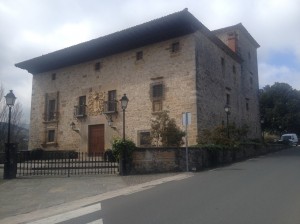
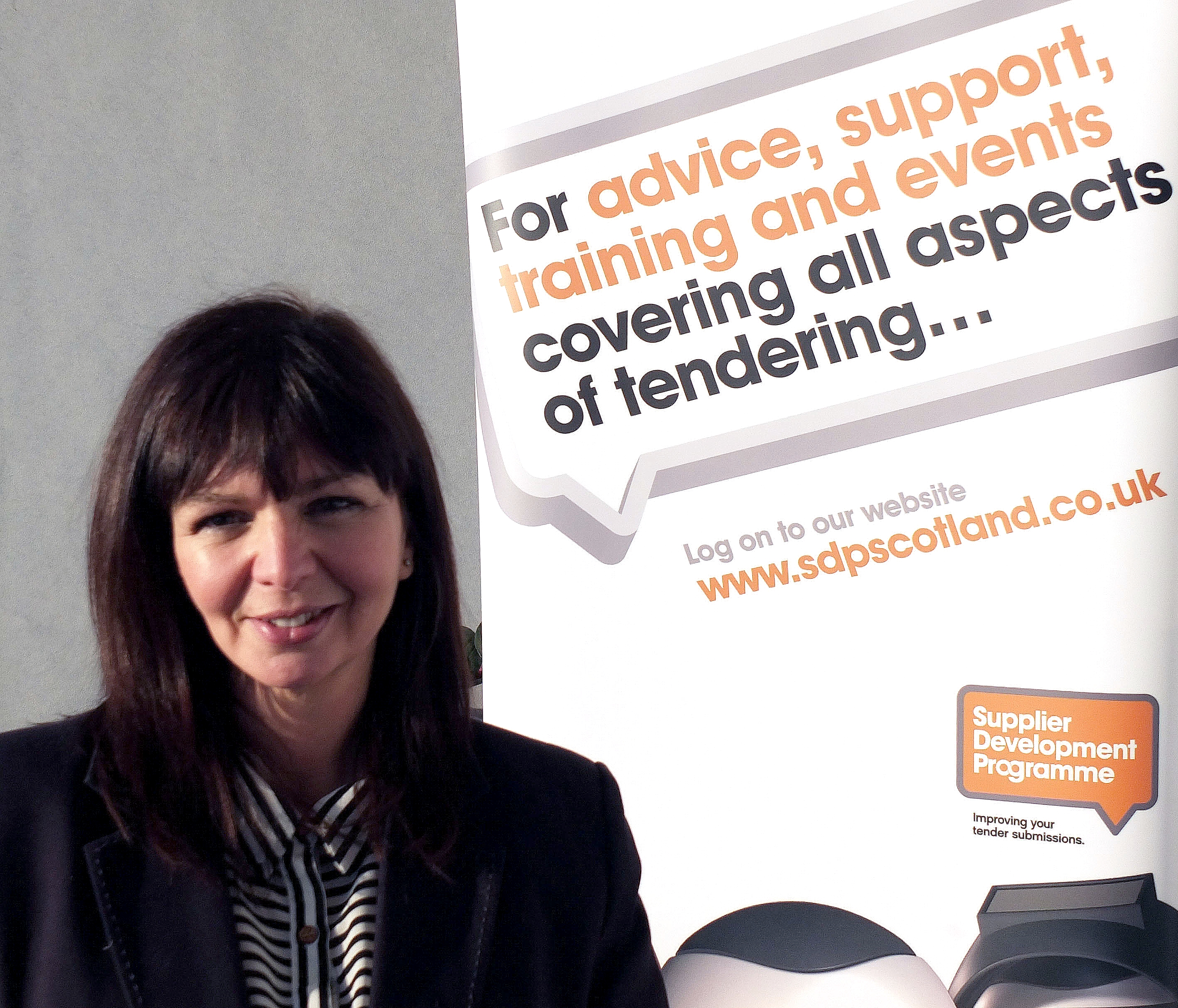
 At the end of March, we announced the winners of our Collaboration Prize. One of those winners was
At the end of March, we announced the winners of our Collaboration Prize. One of those winners was  But when we found out there was a way for us to form a business from our collaboration, we were really excited. It’s absolutely perfect for us and we were already naturally working in that way.
But when we found out there was a way for us to form a business from our collaboration, we were really excited. It’s absolutely perfect for us and we were already naturally working in that way. We also have a focus on utilising projection mapping for brand promotion and interior design, something which is currently not available from one company in Scotland. And thanks to CDS and the Collaboration Prize, we can engage more prospective clients.
We also have a focus on utilising projection mapping for brand promotion and interior design, something which is currently not available from one company in Scotland. And thanks to CDS and the Collaboration Prize, we can engage more prospective clients.